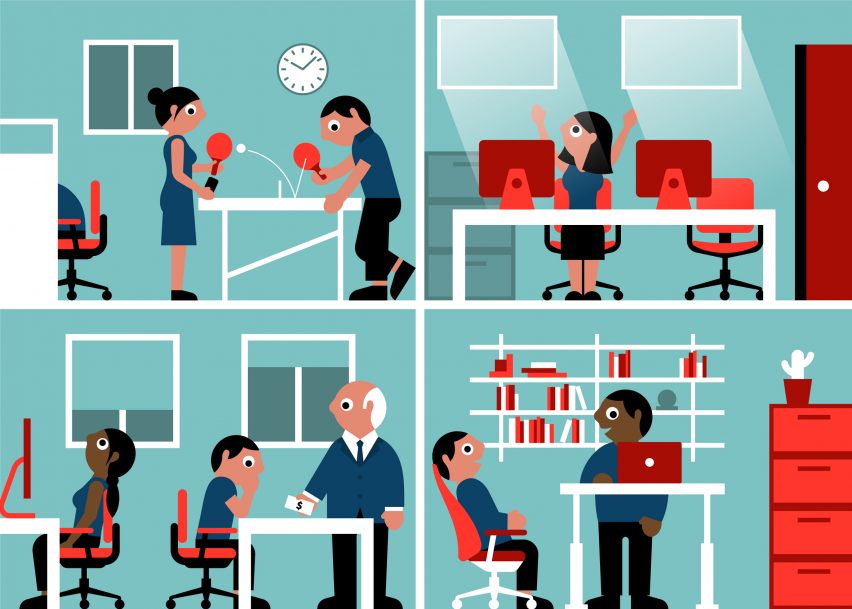
Workplace design can help workers feel happier says new report by Haworth
Haworth white papers: the right office design can increase the happiness of employees, whereas ping-pong tables, slides and even pay rises can't, according to new research by Haworth.
The findings are contained in a new white paper launched by the office furniture giant at the Orgatec workplace design fair in Cologne last week.
"Our research shows that there are specific design elements you can use to help workers feel happier," said Michael O'Neill, Haworth's head of research. "That's what the data is saying."
The report is the latest in a series of white papers by US company Hawarth exploring office design.
"Happiness is intrinsically motivated not by pay or perks or ping-pong tables at work," O'Neill said at the launch of the report.
"If superficial symbols like these are not the answer, can space design contribute to happy, meaningful life and work?"
Higher income doesn't equal happiness
The new report comes amid signs that the nature of work and the workplace is changing.
The emphasis is shifting away from thinking of the office as a tool to increase the productivity of workers to an approach that puts the employee's wellbeing first, O'Neill said.
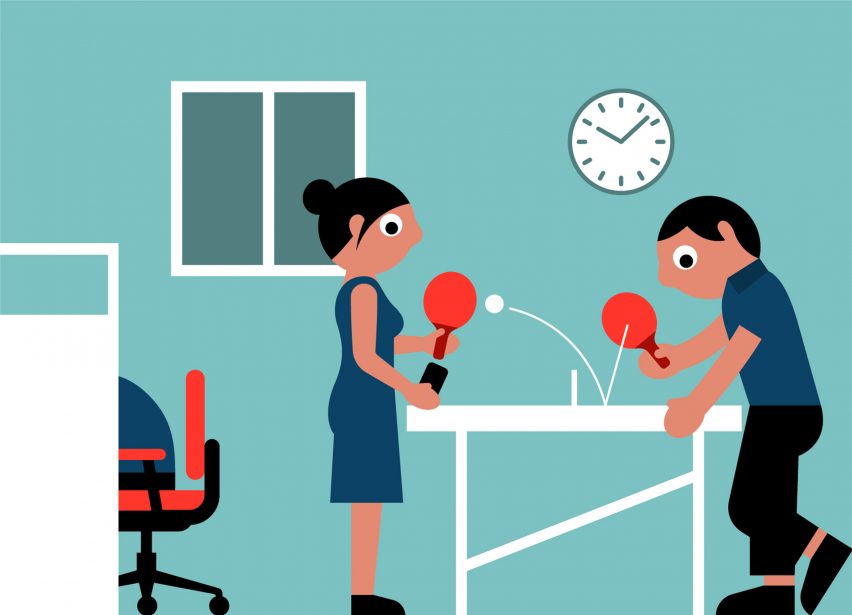
"Offices have traditionally been designed to increase people's performance," he said. "That's why we give people spaces designed around functional considerations. That makes perfect sense because business organisations are for profit, so it's all about making more money and working harder.
"But now there's more evidence to show that people's happiness doesn't increase with their income. There is an emerging global trend that says we're perhaps measuring the wrong thing."
Millennials blend their work and personal life
According to the white paper, a generational shift is occurring in the workplace, with baby boomers – who kept their work and private lives separate – being replaced as the dominant workplace culture by millennials, who see little distinction between the two.
Whereas it made sense for employers to squeeze as much productivity as possible out of baby boomers while they were in "work" mode, the same approach does not work with millennials.
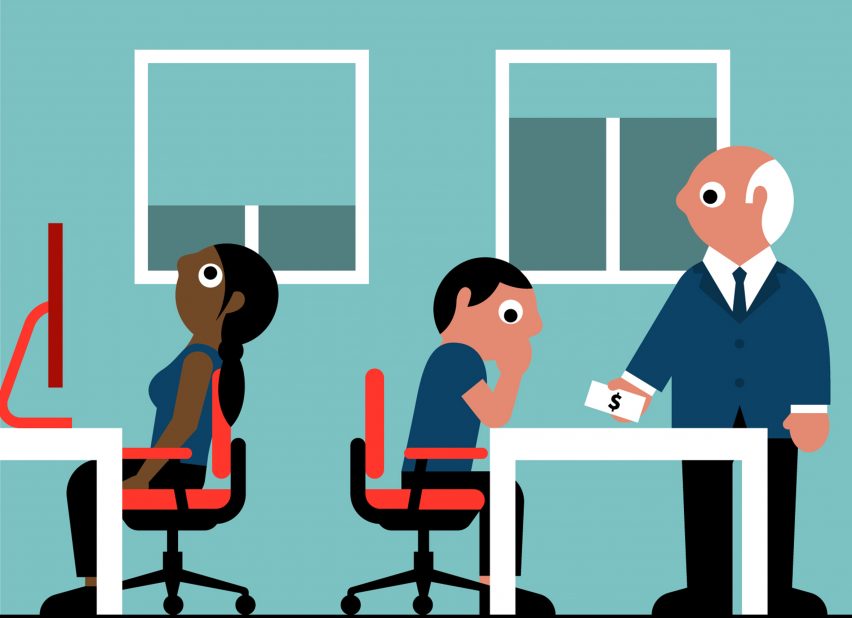
"The dominant millennial workforce famously blends their work and personal life, bringing a more holistic version of themselves into the office," the Haworth report says.
"The need for belonging, connection and contributing to a greater good (and a sense of meaning in work) is very important to this highly collaborative generation."
This led O'Neill and his team to investigate whether the office could become a driver of happiness and meaningful work, instead of simply as a machine for productivity.
Their research involved over 2,000 office workers at businesses across the USA and beyond.
They found that workplace design can help employees feel happier in two different ways: by making them feel that their employer values them; and by helping them focus on their work.
"We found two broad elements that consistently affected people's ratings of their happiness of their work experience," O'Neill explained. "One of them was people's ability to maintain focus at work. It makes sense: if you can go to work and actually focus and get work done, you might feel better about being at work."
"The other main one was people's ratings of how well the workspace design and furniture, communicated that the company cares about them, that they value them."
Office landscape must be legible
O'Neill's team found some overlap in the design factors that contribute to focus and a sense of being valued.
One key factor is the legibility of the office landscape. O'Neill described this as meaning that "can read the space and understand it," and intuitively know how to use it.
A legible workspace is one where it is easy to see and find others; where the layout is understandable and where spaces and furnishings convey their intended use.
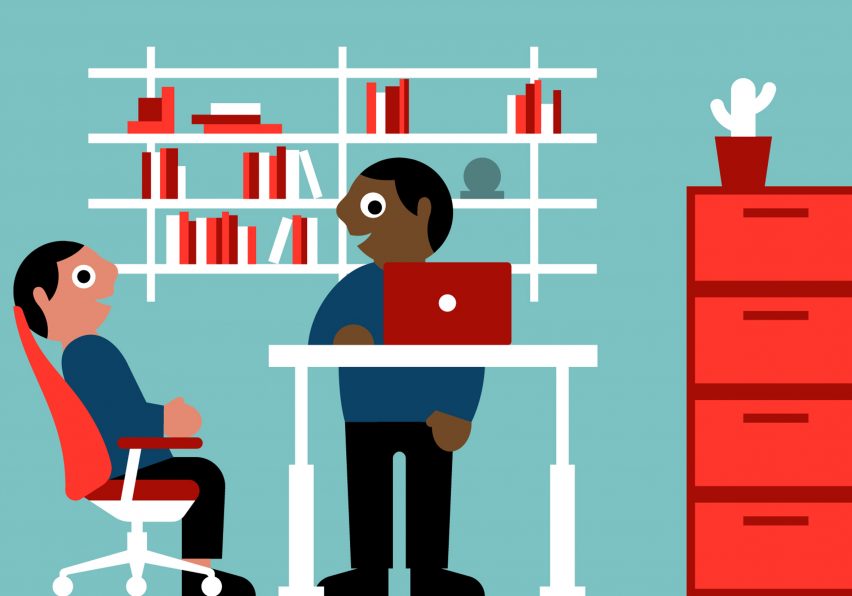
Social spaces, for example, should make their intended use clear, whether they are to be used purely for socialising or working, or some combination of the two, O'Neill said.
"Third spaces can be somewhat ambiguous sometimes," he said. "You walk by and see people having coffee and wonder: Is that a break space? Will it look like I'm not working?"
Slides and ping-pong tables create chaos
The recent trend for "fun" spaces and games areas creates ambiguity, O'Neill said.
"There are these bad examples of spaces that are designed to look like theme parks," he said. "They're purposely chaotic."
A more sensible approach would be to tone down the design of these spaces, O'Neill said.
"Legible design would not take the fun away from a particular space; it would keep the energy there. But it would make its message of how it should be used less ambiguous. That's all it is."
Other factors that increase employees' sense of being valued include having the right technology in their individual workspace, access to daylight and adequate storage.
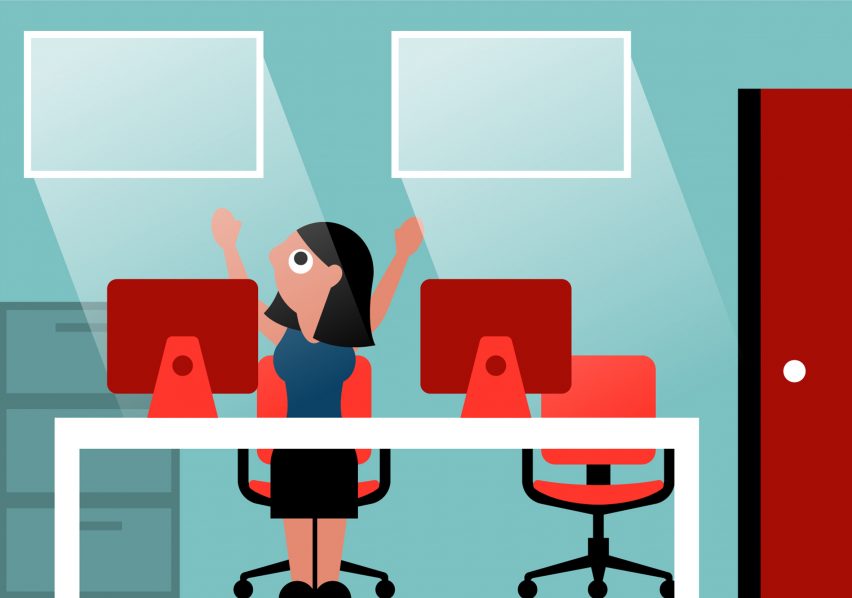
Focus is enhanced by having control over the personal work environment, for example by allowing workers to adjust their own equipment and furnishing to suit their preferences.
However adjustable items need to be easy to understand and use, otherwise they can lead to frustration. "Maybe it's a design that uses less controls and adjusts itself to you," O'Neill said. "Or the levers [on an adjustable task chair] could be labeled."
Research will shape new products
O'Neill said that Haworth is already feeding the research back into its products. "We're driving these ideas into our long-term product development," he said. " Let's make our products easy to understand, interpret and use."
Haworth now intends to conduct further research to discover precisely how design can improve worker focus and the flow and legibility of office space.
"These initial analyses show the potential of designing for happiness," the report concludes. "They show how subtle design cues that convey that employees are valued, and the legibility of workspace, can play a role in wellbeing."
"If organisations can provide employees a work environment that positively affects their happiness, they can likely expect to reap the long-term benefits of healthier, more-engaged employees and improved organisational performance."
Illustrations are by Stephen Cheetham.